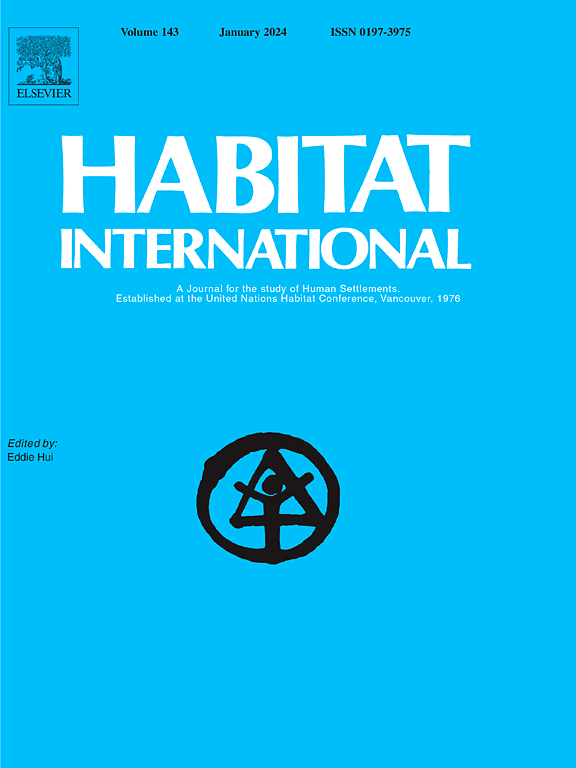Utilizing complex networks and multi-scale analysis for spatial coordination and regional integration: Insight from the Pearl River Delta, China
IF 7
1区 经济学
Q1 DEVELOPMENT STUDIES
引用次数: 0
Abstract
The megaregion significantly influences spatial coordination and regional integration through complex interactions among cities; however, gaps persist in determining the roles of various administrative levels and in harnessing these interactions to facilitate regional integration. By integrating high-resolution mobile phone signaling data within a novel macro-meso-micro analytical framework, the study incorporates Degree Centrality, an improved Louvain algorithm modified to address the Matthew Effect (iLAME), and a Weighted and Normalized Gould-Fernandez (WNGF) to assess the influential roles, spatial structure, and brokerage interactions within the PRD. The result at the macro-level highlights regional imbalances within the PRD, notably the spatial mismatch between job opportunities and residential locations. At the meso-level, the community grouping result reveals discrepancies between administrative boundaries and actual community structures, suggesting that urban development has transcended traditional administrative limits. At the micro-level, the analysis accentuates the importance of brokerage roles played by multi-level administrative units. This comprehensive analysis underscores the necessity of constructing efficient transportation networks and reducing institutional distances to foster regional integration within the PRD.
基于复杂网络和多尺度分析的空间协调与区域整合:来自珠江三角洲的启示
大区域通过城市间复杂的相互作用对空间协调和区域一体化产生显著影响;但是,在确定不同行政级别的作用和利用这些相互作用促进区域一体化方面仍然存在差距。通过将高分辨率移动电话信号数据整合到一个新的宏观-中微观分析框架中,本研究结合了度中心性、改进的鲁万算法(iLAME)和加权归一化Gould-Fernandez (WNGF)来评估珠三角内的影响力角色、空间结构和经纪互动。宏观层面的结果凸显了珠三角地区的不平衡,特别是工作机会和居住地点之间的空间不匹配。在中观层面,社区分组结果揭示了行政边界与实际社区结构的差异,表明城市发展已经超越了传统的行政界限。在微观层面上,分析强调了多层次行政单位所扮演的中介角色的重要性。这项综合分析强调必须建立有效的运输网络和缩短机构距离,以促进珠三角内的区域一体化。
本文章由计算机程序翻译,如有差异,请以英文原文为准。
求助全文
约1分钟内获得全文
求助全文
来源期刊

Habitat International
Multiple-
CiteScore
10.50
自引率
10.30%
发文量
151
审稿时长
38 days
期刊介绍:
Habitat International is dedicated to the study of urban and rural human settlements: their planning, design, production and management. Its main focus is on urbanisation in its broadest sense in the developing world. However, increasingly the interrelationships and linkages between cities and towns in the developing and developed worlds are becoming apparent and solutions to the problems that result are urgently required. The economic, social, technological and political systems of the world are intertwined and changes in one region almost always affect other regions.
 求助内容:
求助内容: 应助结果提醒方式:
应助结果提醒方式:


